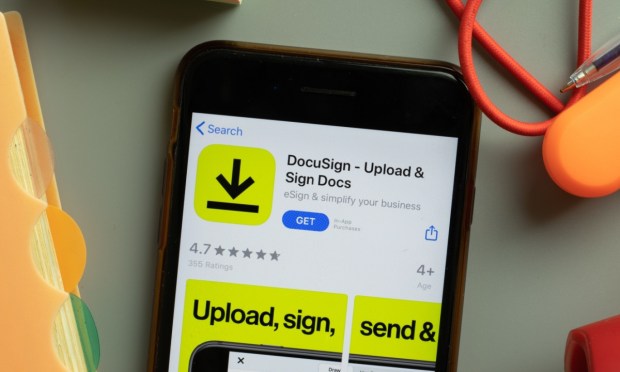
In recent years, the documentation landscape has undergone a significant transformation, propelled by advancements in technology and shifting attitudes toward digitization.
This evolution is particularly evident in recent developments domestically and internationally, signaling the acceptance and integration of electronic signatures into public and private sector operations.
One recent development is legislation in Washington state (SB 6060), scheduled to take effect June 6, which authorizes the state’s Public Employment Relations Commission to accept digital signatures from public employees seeking to join together in unions.
By doing so, Washington joins states across the U.S. embracing electronic signatures for streamlining administrative processes and promoting accessibility in public sector operations.
“This legislation is about efficiency, equality and empowerment. By adopting electronic signatures, we can ensure that no worker is disenfranchised due to logistical hurdles,” Sen. Joe Nguyen, who sponsored the bill, said at a January hearing, per a report by TheStand.org.
In a similar move, the United States Patent and Trademark Office (USPTO) has recently revised the rules of practice in patent and trademark cases, allowing for a broader acceptance of electronic signatures facilitated by third-party document-signing software, such as DocuSign and Acrobat Sign.
Effective as of March 22, “the revised rules will provide additional flexibility and convenience to patent applicants and owners, practitioners, and other parties who sign patent-related correspondence, and promote consistency by establishing signature requirements which are common to both patent and trademark matters,” according to a report by the Federal Register.
In October of last year, the Internal Revenue Service (IRS) decided to permanently extend the option for taxpayers and their representatives to digitally sign certain forms and returns, as well as compliance-interaction-related documents. This decision followed the adoption of electronic signatures as a temporary measure in response to the pandemic.
Similar initiatives are underway globally to modernize document signing practices.
Belgium’s government, for instance, has introduced Smart-ID, a mobile app which will simplify the signing of legal certificates and other official documents, while Bulgaria’s Social Security Institute has unveiled a portal aimed at providing citizens with access to various digital government services, including options for digital signatures.
These developments are further complemented by DocuSign’s integration with WhatsApp last November, enabling businesses to finalize deals and contracts through the popular messaging app. This integration not only demonstrates the growing synergy between digital signing solutions and everyday communication platforms, but also highlights the increasing demand for seamless and user-friendly documentation tools.
As DocuSign said at the time, prioritizing speed and convenience is crucial in today’s changing consumer landscape. “Businesses must [therefore] invest in modern, flexible solutions that expedite transactions and give signers choice in how they want to receive information and sign contracts.”